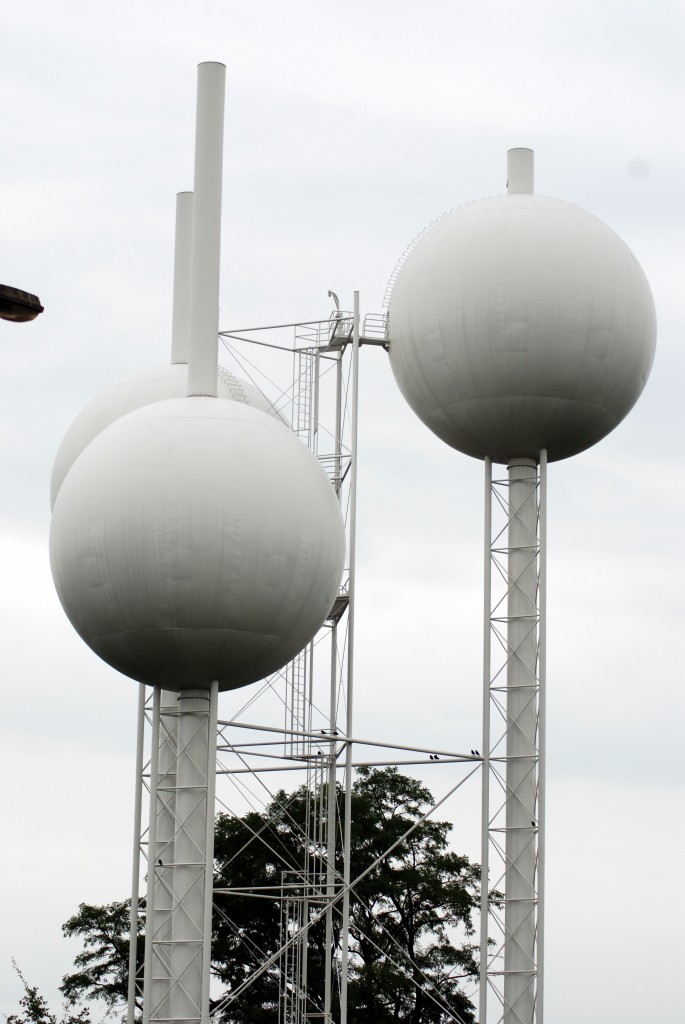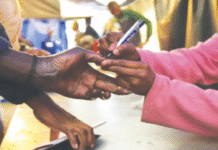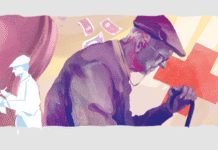“There’s a new way to do it better – find it”
– Thomas Edison
“Bioneedles” may soon replace the syringe, vial, and needle as the standard delivery mechanism for vaccines. The patented innovation, one of the many produced by 22.6 per 10,000 of its citizens in the small Dutch city of Eindhoven, can change the face of HIV infections and Hepatitis B and all the other diseases that are transmitted through blood transfusion.
Eindhoven is often ranked as the “most innovative city” in the world by knowledge communities, top business magazines, and large multinational companies whose main dividend is their thirst for better solutions and their dedication to finding the next innovation for a better future. Rumour has it that in Eindhoven, a student can walk into any of the “Innovation Centres” housed by the majority of technology centric businesses and tweak and interact with a few devices lying here and there and come up with the next best innovation that can save the planet.
While Bangladesh has not yet reached the position where the most dynamic knowledge economy of the world is in right now, we can’t dismiss the possibility that it is well in the trajectory of being a country that nurtures the “culture of innovation” to its very core. In the country of more than 155 million people, problems are the only constants that have remained rampant across sectors, spanning geographies and overlapping demographics. And problems are only catalysts for spawning innovation, if nothing more.
Dholaikhal is a silent testament to the revolution that has been going on behind the narrow alleys, dark corners, and grimy doorways in one of the most innovation-centric areas in the country. If “innovation” was a degree offered upon finding simple solutions to problems and playing around with existing solutions to come up with something uniquely better, Dholaikhal engineers would have achieved doctorates in it. Show them a cool new makeover for your car and it’s no news that they’ll find a way to bring it to life in any way possible.
Give them a stick, and they will breed magic out of it.
But is the behind-the-walls Light Engineering sector, a breeding ground for “mechanics” with almost no formal education and training the last resort for the burgeoning innovation culture in the country? Is this breeding ground characterised by innovators with knowledge acquired from generations of seniors and training acquired from tweaking machine parts and learning their anatomies inside-out and on-the-spot?
Bangladeshis have always been innovative, not because they had the luxury of understanding the glamour of the word our present world stamps across it, but because they had to by necessity. Sandwiched between the two Asian giants, India and China, and the mighty Bay of Bengal poised to devour at least 17 percent of the land by 2050, the country is nothing short of laden with problems.
Government initiatives and formal developmental interventions can only do so much. The people have learnt to find multiple uses of the very engine that they use in their tractors for agricultural purposes and innovated a low cost, functional alternative to costly local transport like local buses and inefficient modes such as rickshaws. Named “Nosimon”, many cite this vehicle to be a cross between a tractor and a rickshaw van – a combination of years of research in sophisticated labs might never have pulled off.
Innovation ecosystems are a complex phenomenon, and resource constrained economies like ours are geniuses in shining light through the cracks in the walls and making a train roll right through it. Faced between a decision to advise his farmers to sell overproduced, matured potatoes in the markets at low cost or to throw them away for consecutive seasons, a headstrong field officer in a distant village has come up with a low cost, minimal version of a cold storage, otherwise imported at a huge cost, that utilises locally available raw materials.
Innovations such as these, born out of local problems that span national issues, have immense potential to create impact at a macro level.
The government has undoubtedly taken a bold step with the advent of “Digital Bangladesh”, and more so with the recent shift in its focus to foster innovation, be it in public service delivery or social problems solutions. The momentum of the “start-up culture” too is catching up with Bangladesh fast, turning it into a hotbed for nurturing businesses that are capable of giving a loose-pocketed investor a good buck for his money.
The government is sitting on a fund worth 80 crore taka for fostering innovation; influx of venture capital funds, along with bid for start-up mergers and acquisitions from overseas investors are higher than ever before. Be it the opportunity for a grass-roots level innovator obsessed with solving problems and bringing his crazy idea to fruition at a national level impacting in millions, or the chance for a high school student to create the next million dollar tech product, the land of Bangladesh is brimming with potential for an innovation-centric economic ecosystem.
However, the ecosystem is still writhing from a lack of proper discipline, trustworthy sources and channels for fund flows, entrepreneur friendly laws and financial policies, long-term vision of government to create and nurture knowledge and know-how, and most importantly, the lack of an inquisitive mindset and environment fit for fostering talent and knowledge-seekers. All this may prove to be major hindrances to the dream coming true. Until then, catching a glimpse of the Water Tower of Eindhoven might still be a long-shot.
Armin Zaman Khan is presently working with the Access to Information Programme of the Prime Minister’s Office.
Source: bdnews24










